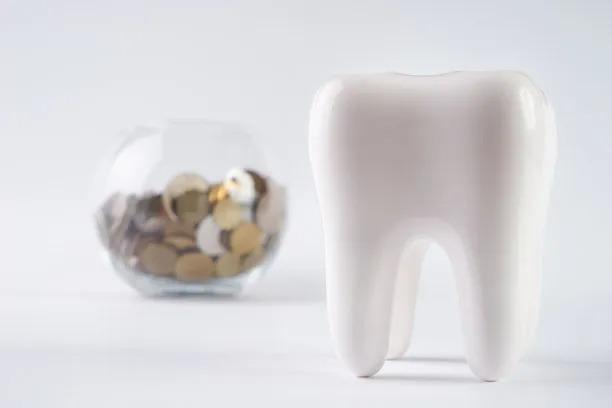Understanding the Process and Importance of Extracting a Tooth for Optimal Oral Health Care
Summary: Tooth extraction is an essential procedure in oral health care, often required when a tooth is damaged beyond repair or poses a risk to surrounding teeth and gums. Understanding the process of tooth extraction, its indications, aftercare, and the importance of professional intervention helps patients make informed choices regarding their oral health. This article delves into these aspects, emphasizing the significance of this procedure in maintaining optimal oral health and preventing further complications.
1. Understanding the Need for Tooth Extraction

Tooth extraction is considered a last resort in dental care; however, there are several reasons why this procedure may become necessary. Commonly, tooth decay that has reached an advanced stage can compromise the integrity of a tooth, making restoration infeasible. In such cases, extraction becomes crucial to prevent infection and alleviate pain.
Another reason for extraction is periodontal disease, where the supporting structures of the teeth become infected and inflamed. Such a condition can lead to bone loss, loosening of teeth, and can ultimately necessitate removal to protect adjacent healthy teeth and gums.
Sometimes, orthodontic concerns arise where overcrowding of teeth requires the removal of one or more teeth to create space for proper alignment. In these instances, extraction aids in facilitating effective orthodontic treatment, enhancing the overall appearance and functionality of a patients smile.
2. The Tooth Extraction Process Explained
The process of tooth extraction generally involves a few essential steps, beginning with a thorough evaluation. A dentist will usually take X-rays to assess the position of the tooth and its surrounding structures. This dental imaging ensures that an appropriate extraction plan can be devised.
Next, the dentist will administer local anesthesia to numb the area surrounding the tooth, ensuring the procedure is as painless as possible. In certain cases, sedation might be used for anxious patients or complex extractions. Depending on the tooths condition, the dentist will then carefully remove it using specialized tools.
After the extraction is complete, the dentist may place gauze in the extraction site to control any bleeding, and detailed aftercare instructions will be provided. Understanding these steps can help alleviate the anxiety some patients may feel regarding the procedure.
3. Post-Extraction Care and Recovery
Proper post-extraction care is critical for a smooth recovery and can significantly influence healing time. After the procedure, patients are generally advised to bite down on gauze for about 30-45 minutes to ensure the blood clot forms properly at the extraction site.
Its essential to avoid rinsing or spitting forcefully for the first 24 hours and to refrain from consuming hot or spicy foods that could irritate the extraction area. Pain management is also a crucial component, and prescribed medications or over-the-counter pain relievers can help alleviate discomfort.
Monitoring for any unusual symptoms, such as excessive swelling or bleeding, is key. If problems arise, contacting a dental professional promptly can address any complications and promote optimal healing.
4. The Importance of Professional Assessment
Seeking professional dental care before, during, and after an extraction is vital for ensuring the best outcome. Dentists possess the expertise to identify when extraction is necessary and to provide safe and effective treatment, minimizing discomfort and potential complications.
Additionally, dental professionals can discuss replacement options following extraction, such as bridges or dental implants, which can restore function and aesthetics to the smile. They can guide patients through the various possibilities tailored to individual needs.
Furthermore, regular dental check-ups enable timely detection of issues that may require extraction in the future. This proactive approach enhances overall oral health and minimizes the need for invasive interventions.
Summary:
Understanding the process and importance of tooth extraction is crucial for maintaining optimal oral health care. This procedure, while often a last resort, plays a significant role in preventing complications and maintaining the integrity of the surrounding dental structures. By familiarizing oneself with the reasons for extraction, the process involved, necessary aftercare, and the importance of professional dental assessment, patients can make informed choices and enhance their dental well-being.
This article is compiled by Vickong Dental and the content is for reference only.



